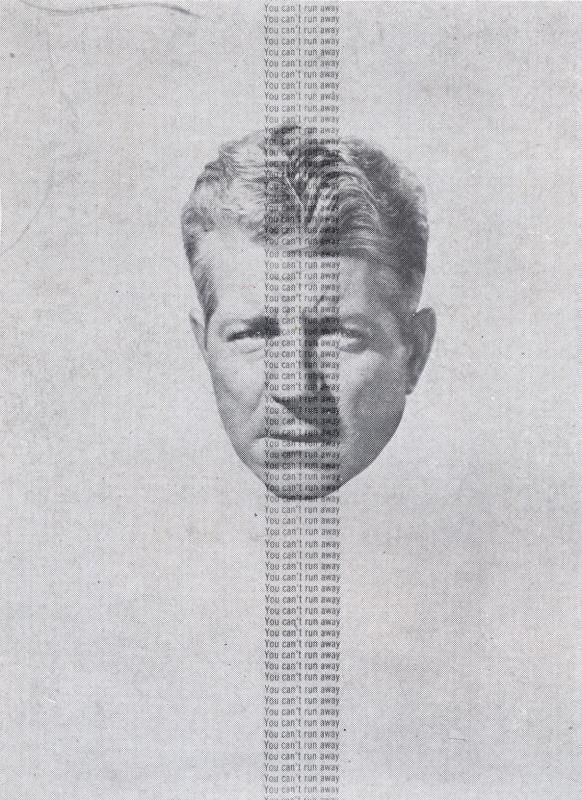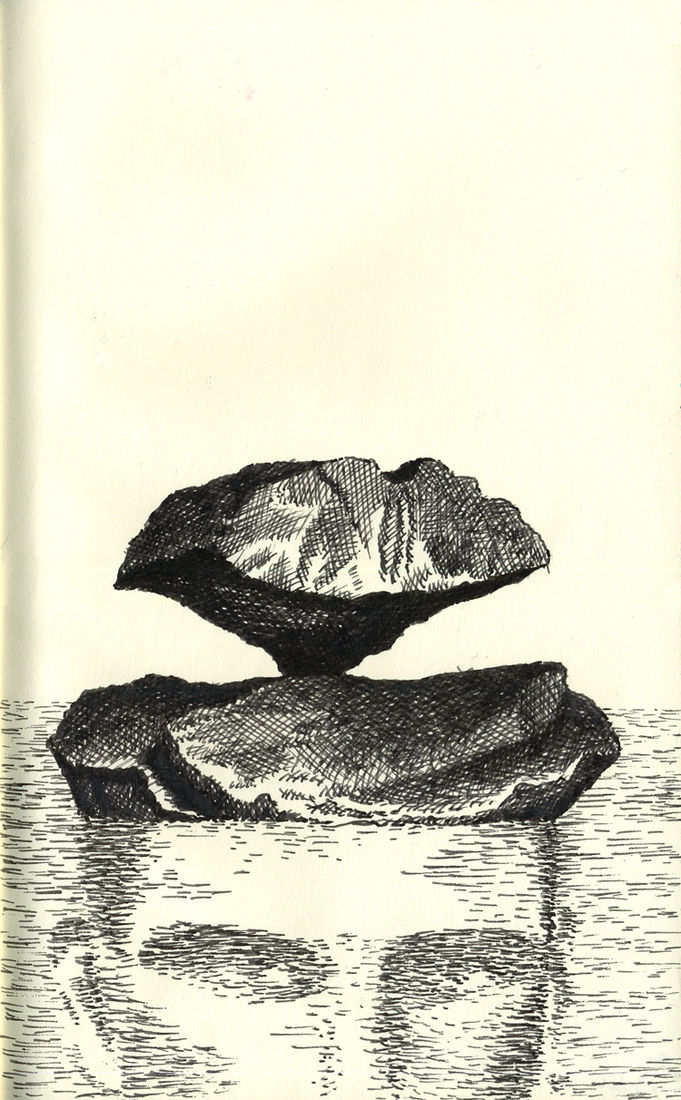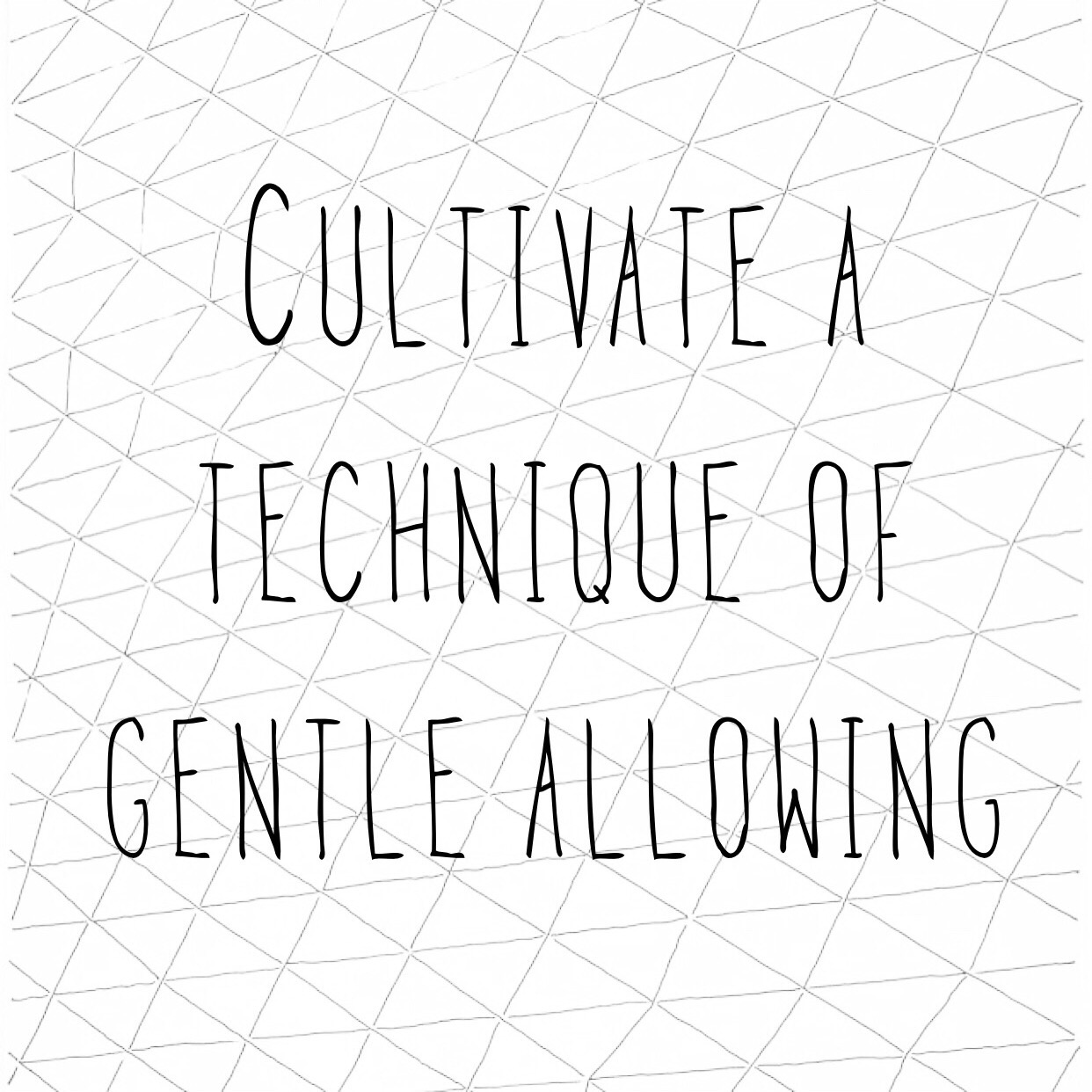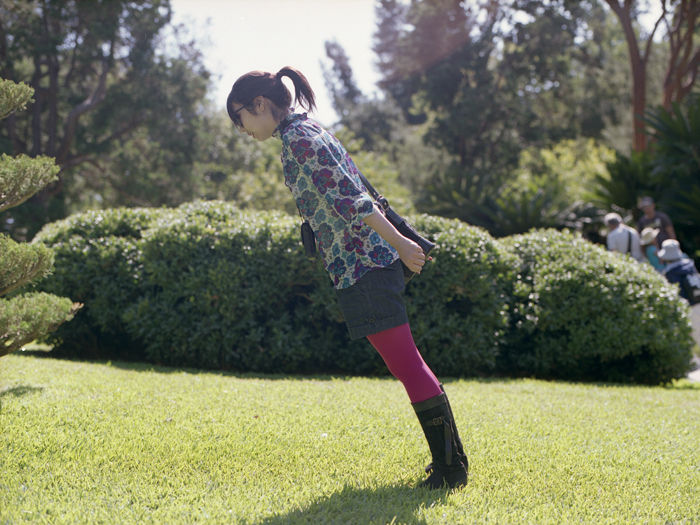Mindfulness can have an active and powerful role for investing in all aspects of your health. It is an opportunity to strengthen and heal yourself from within. It is important to remember when performing a mindfulness exercise to not force relaxation. Simply let go of the tendency to want things to be different and allow things to be exactly ‘as is.’
Mindfulness can be done anywhere and at any time. Its simplistic approach to being aware is done by just paying attention to thoughts, feelings and emotions without judgement or criticism. You can enact a formal practice of mindfulness by sitting with your eyes closed and having a solid 10 minutes or more of training your mind to continue to pay attention to your breath while turning your attention away from any sensations or ideas that arise. For others, a mindfulness practice can be a more casual experience by remembering throughout the day to not react to emotions, but instead pause before jumping to a response.

Regardless of how you choose to practice mindfulness, the benefits are endless. All you need to remember is that all thoughts and emotions, feelings and ideas should not be pushed away or told to leave. We have the ability to tolerate all challenging emotions, even if in the moment they feel intolerable. The way we handle difficult feelings with a mindfulness perspective is to tell all of our sensations to have a seat, to be present and then gently turn your attention away from them and towards the focus of your breath. Without being mindful, we get in the habit of telling our difficult thoughts and feelings “you can’t sit with us.” The move Mean Girls coined this phrase for a generation of teenagers who felt the need to be included through the use of exclusion. It is human nature to push things away. It is almost a natural response to tell something that we don’t like or that we don’t understand to leave.

When we tell our emotions and ideas that they can’t sit with us because they are challenging, we end up developing an unhealthy relationship to our thoughts and feelings in which we focus on exclusion and develop a system wherein we become reactionary and aggressive with ourselves. In mindfulness we invite all emotions to have a seat, without judgement or criticism. This is what is called “the art of allowing.” To allow is to not grasp and to not control. To allow means we accept what is and we in turn have more time and energy to focus on the things that are in our immediate control.
There’s an app for connecting kids during lunchtime for the purpose of inclusion. This resource allows children to have someone to sit with and in turn feel less alone and more connected to their peers. “Sit With Us” allows the more shy and sometimes rejected child, who usually has a hard time finding someone to sit with in the lunchroom, to have a place to be welcomed. The app is a readily available resource that facilitates the joining of children that seek an experience of being included.
This “Sit With Us” invitation is a cornerstone concept of mindfulness that provides us with a framework to observe and allow the challenging mental and emotional chaos that inevitably exists in all of our heads. The more we tell a thought it can’t sit with us or that it needs to be cleared away before we can be “OK,” we ultimately lead our feelings into more chaotic direction. Don’t engage with the things that you do not want further engagement with. If we accept that all emotions are part of the human experience, we fight less with ourselves, we become more resilient and we discover a deepening of our character.
All challenging ideas and emotions can have a seat at the table by a simple invitation of non-judgment that is then followed up with the act of turning your attention towards those things that promote wellness and trains our brains to entertain thoughts and feelings that feel good. This “Sit With Us” focus sets the stage for more compassion with ourselves and those around us.












